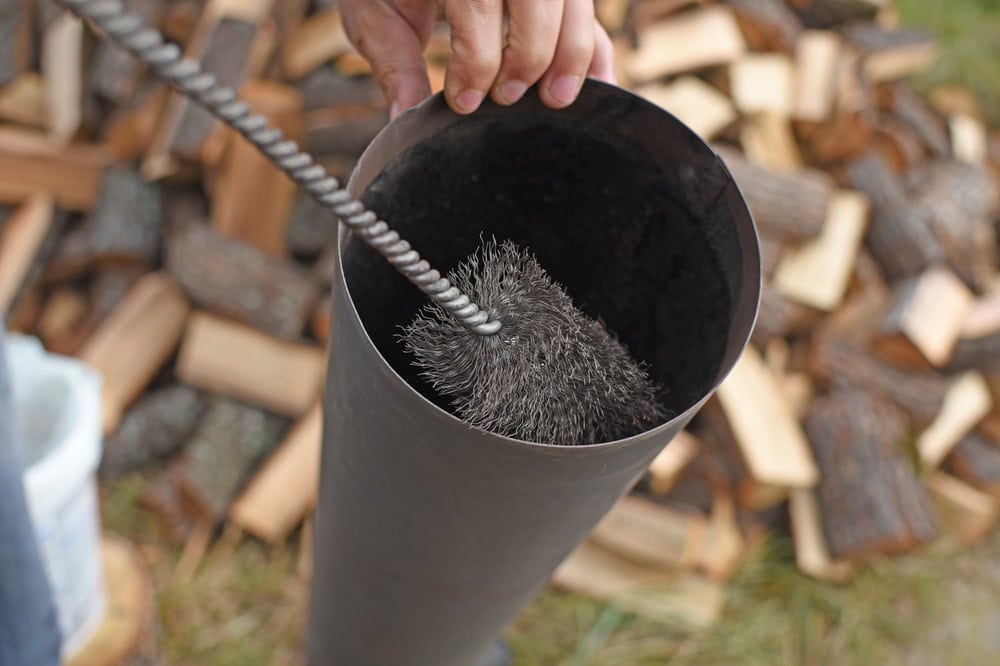Professional chimney sweep services that prevent fires and protect your Seekonk home year-round.
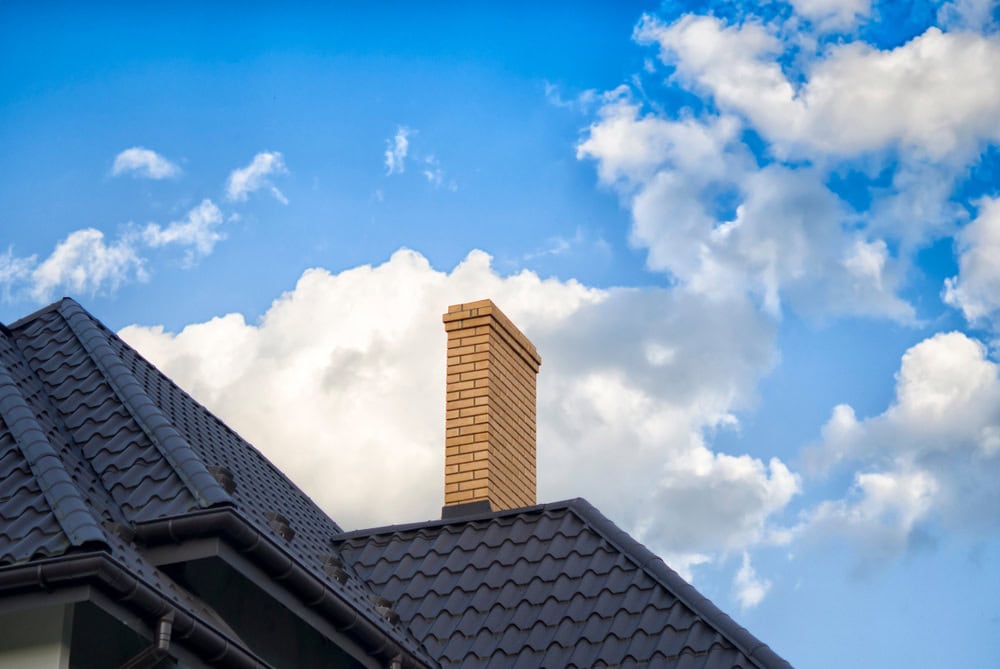
Hear from Our Customers
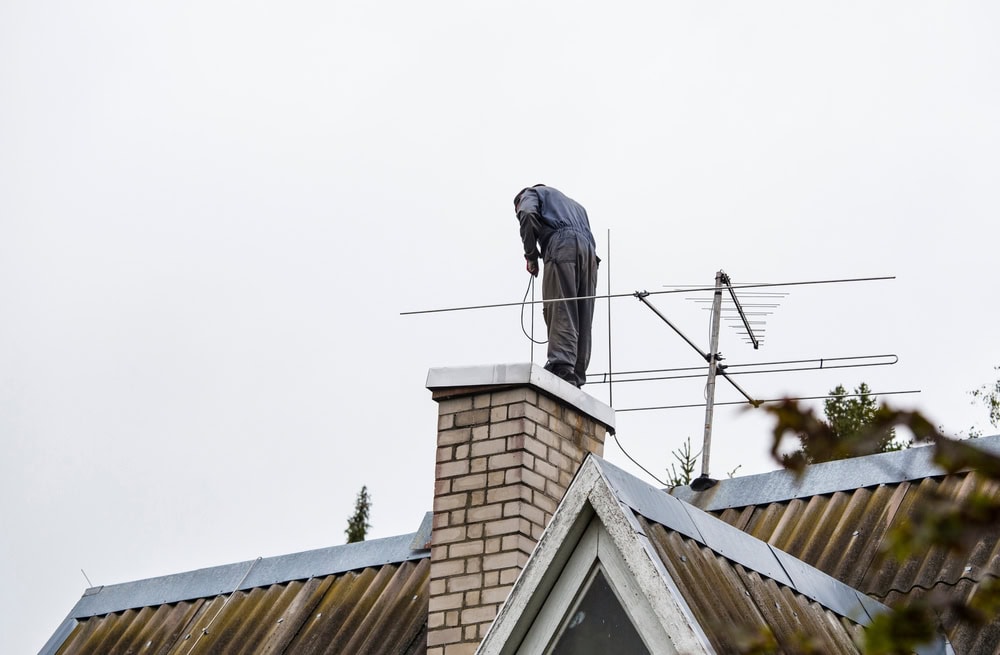
You light that fire expecting warmth, not worry. When your chimney is properly cleaned, the smoke draws up and out like it should. No backdraft filling your living room. No strange odors lingering for days.
A clean chimney burns more efficiently too. Better airflow means your wood burns hotter and cleaner, so you use less fuel to heat the same space. You’ll notice the difference in your heating bills and how much easier it is to get a good fire going.
Most importantly, you eliminate the fire risk that comes with creosote buildup. That black, tar-like substance coating your flue is highly flammable. One spark and it can ignite, turning your cozy evening into an emergency.
Above and Beyond Chimney has been serving Bristol County homeowners for years. We understand how coastal moisture affects chimney brickwork here in Seekonk, and we know the specific creosote patterns that come from burning the types of wood common in this area.
Our technicians are trained and certified, and we carry full insurance. We’re not the guys who show up, spend ten minutes with a brush, and call it done. We take the time to do thorough work because we know what’s at stake.
When we’re finished, your home looks exactly like it did when we arrived. We use drop cloths, HEPA vacuums, and proper containment because protecting your living space is part of doing the job right.
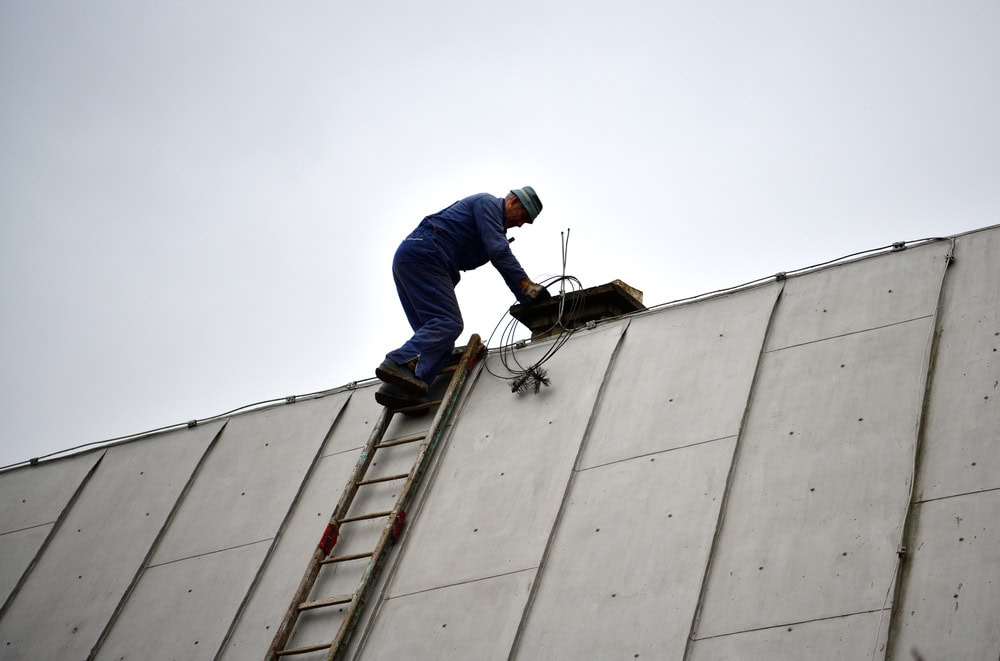
First, we protect your home. Drop cloths go down around the fireplace, and we set up our equipment to contain any dust or debris. This isn’t optional – it’s how we make sure your house stays clean.
Next comes the actual sweeping. We use specialized brushes designed for your specific flue size and material. From the bottom up, we scrub away soot, creosote, and any blockages. Our HEPA vacuums capture everything as we work.
After cleaning, we inspect what we can see. We’re looking for cracks, loose mortar, damaged flue liner, or other issues that could cause problems. If we find something that needs attention, we’ll explain it clearly and give you your options.
Finally, we clean up completely and walk you through what we found. You’ll know exactly what condition your chimney is in and what, if anything, needs to be done next.
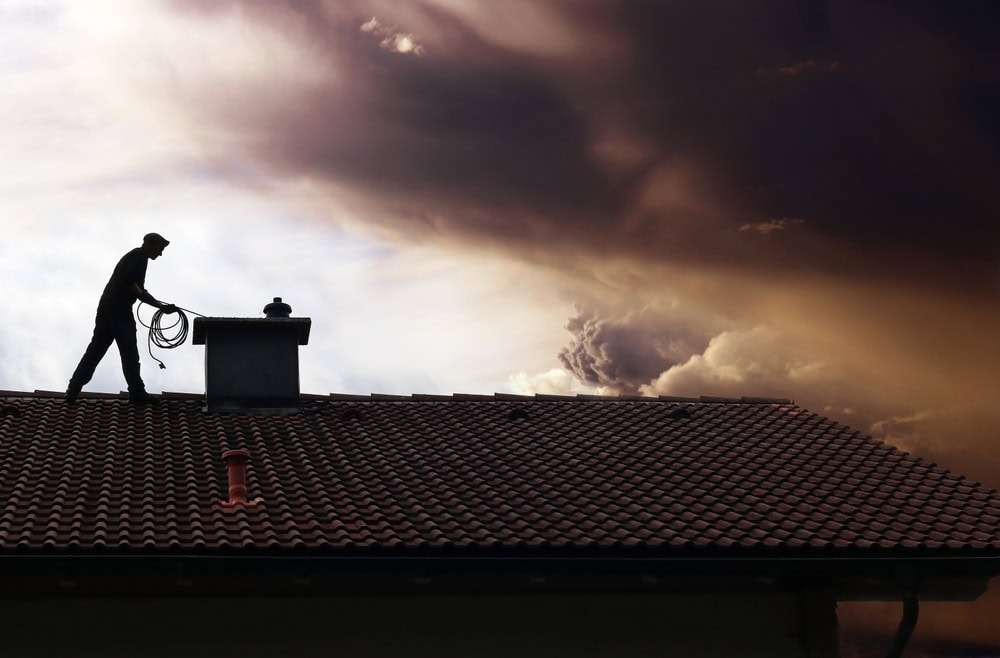
Ready to get started?
Every chimney sweep includes a thorough cleaning of the flue, smoke shelf, and firebox. We remove all soot, creosote, and debris that’s accumulated since your last cleaning. You also get a basic visual inspection to check for obvious problems.
Here in Seekonk and throughout Bristol County, we see specific issues related to our coastal climate. Salt air can accelerate mortar deterioration, and the freeze-thaw cycles we get can crack chimney crowns. We know what to look for and how to spot problems before they become expensive repairs.
We also check your chimney cap and damper. A missing or damaged cap lets rain and animals into your flue. A broken damper lets your heated air escape up the chimney all winter long. These might seem like small things, but they can cost you hundreds in higher heating bills.
If you burn wood regularly, we recommend annual cleaning. Gas fireplaces need attention too, just not as frequently. We’ll give you a realistic timeline based on how you actually use your fireplace.
